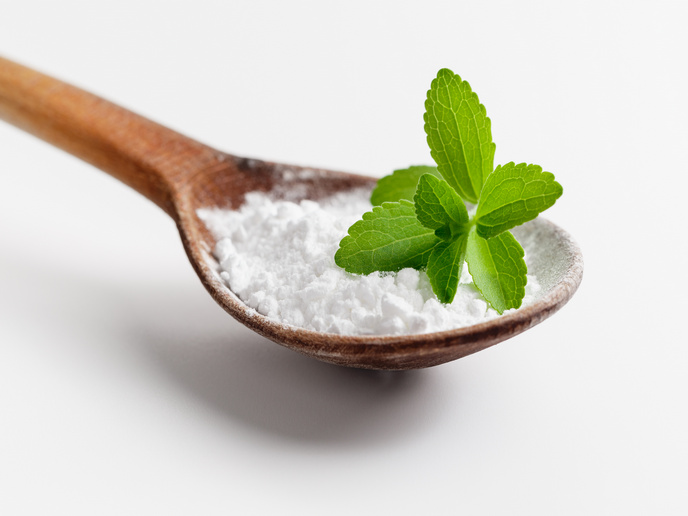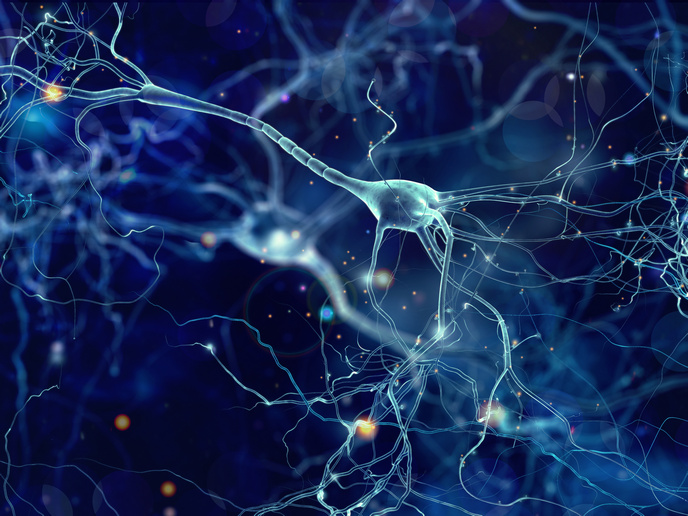Cold exposure to treat obesity
Obesity and its metabolic complications such as diabetes constitute a heavy socioeconomic burden. Treatment is based on altering the balance between energy intake and energy expenditure to achieve weight loss. Decreasing energy intake through diet or medications often fails, indicating that energy expenditure is a powerful parameter in the equation. Increasing energy expenditure through medical intervention such as treatment with thyroid hormone has significant side-effects. Brown adipose tissue (BAT) is present in newborn babies that do not shiver, but recent evidence indicates that it is also present in adults. BAT gets activated upon cold exposure and produces heat to raise body temperature. This occurs through specific receptors (TRPA1) in nerve endings that sense the cold or a specific constituent of mustard. A similar response can be initiated through the natural compound capsaicin. Based on this, scientists on the EU-funded 'Stimulation of energy expenditure and brown adipose tissue in humans' (SEE BAT) project proposed that BAT activation could be considered as a promising strategy for increasing energy expenditure in humans. Among the objectives of the study was to develop BAT activation protocols using different stimuli and assess their impact on glucose/lipid metabolism and cardiovascular changes. Currently, imaging of BAT in humans relies on the combined positron emission tomography and computerised tomography imaging technique, which has several limitations. For this purpose, the consortium developed infrared thermography to measure the thermogenic response of BAT in humans. The protocol was implemented at the Wellcome Trust-MRC Institute of Metabolic Science at Addenbrooke's Biomedical Campus in Cambridge, the United Kingdom, which has a long history in BAT research. The method proved reliable at correlating the difference in body temperature with the rise in energy expenditure during cold exposure. A pilot study on healthy and obese subjects was conducted where individuals were exposed to natural or mild cold conditions at specific intervals over two days. The impact of the mustard constituent AITC was also evaluated. Metabolic and hormonal changes, body temperature and weight were monitored one day after. The valuable biological data obtained from the study on the physiology of energy expenditure and cold exposure open up new avenues for treating obesity.







